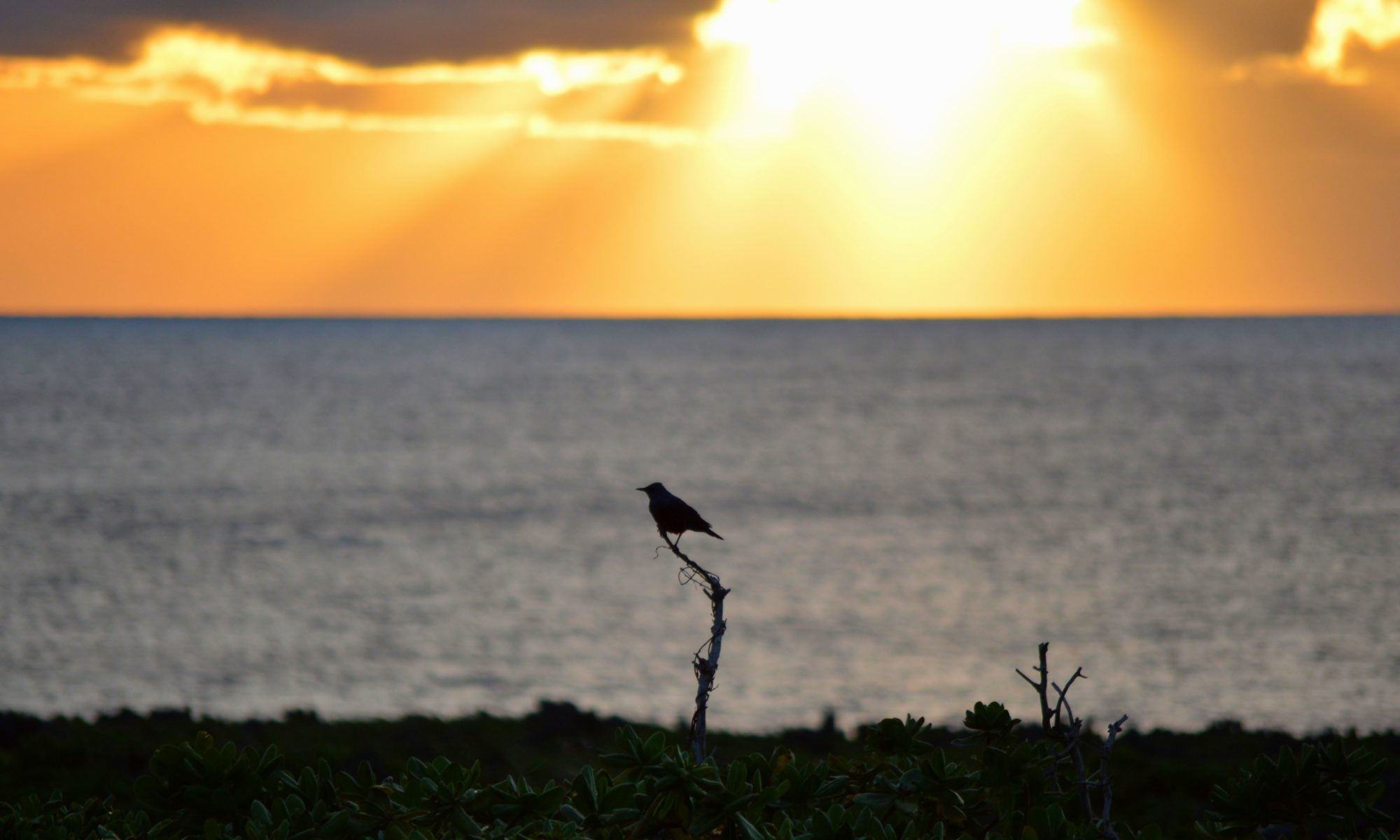A recent study led by Sam Ross and published in the journal Biotropica, asks how selective logging interacts with habitat fragmentation to affect ant biodiversity in a Kenyan rainforest. Read more in the blog post snippet below, or see the full blog post on the IMECO blog:
“Our recent study asks how selective logging intensity affects ant biodiversity in Kakamega forest in Western Kenya. Building on fieldwork conducted by Paco Hita Garcia and Georg Fischer ~10 years ago, we aimed to uncover how logging intensity in the past and recently interacts with habitat fragmentation to affect ant communities. We found that recent selective logging matters the most, and that ant species that lived mainly in the forest were particularly affected by logging. Our work reveals how recent logging activity may overshadow any historic impacts in this forest in Kenya. Continue reading “Little ants under big pressure”



